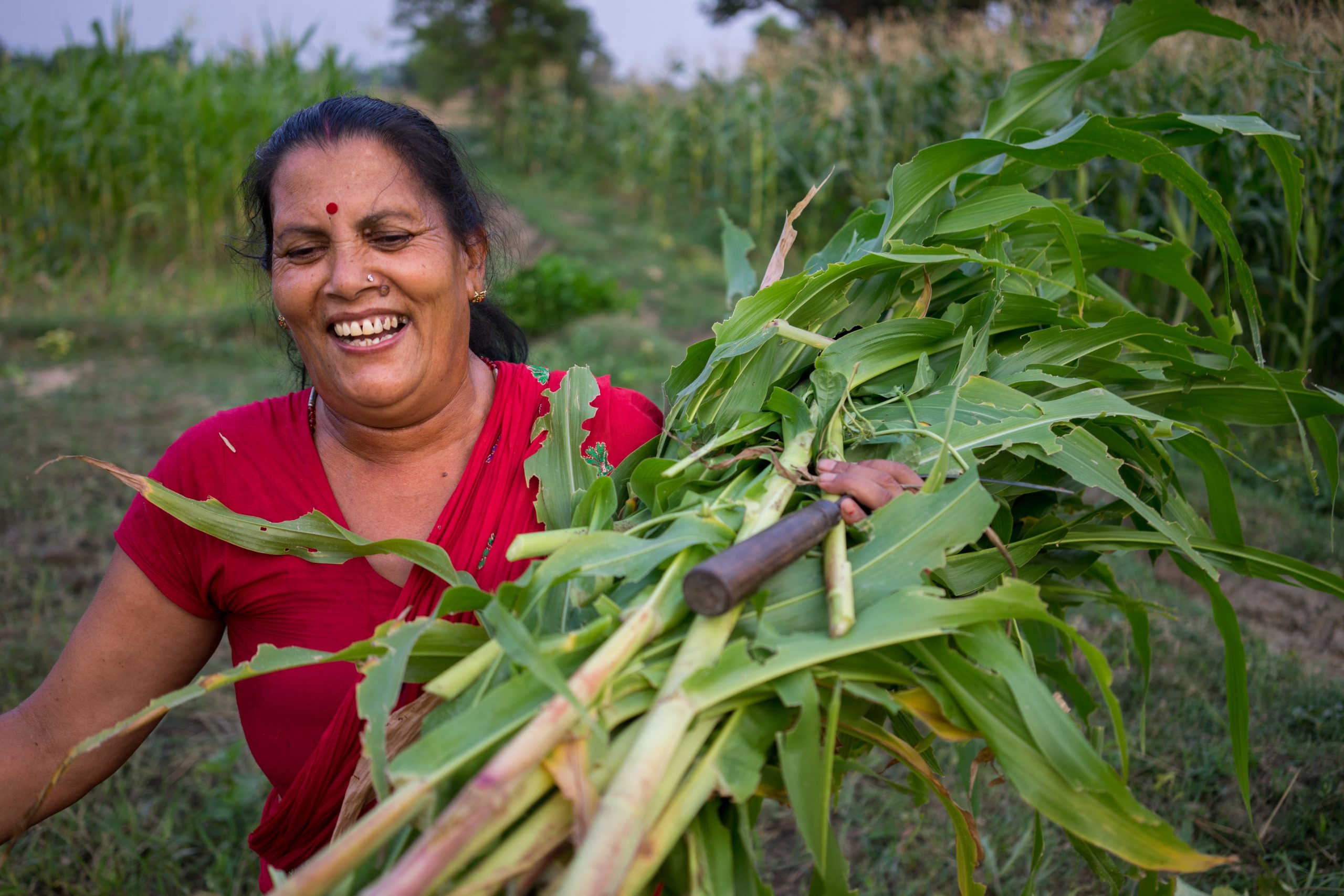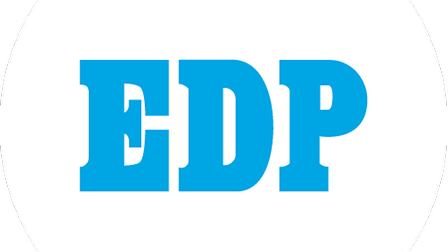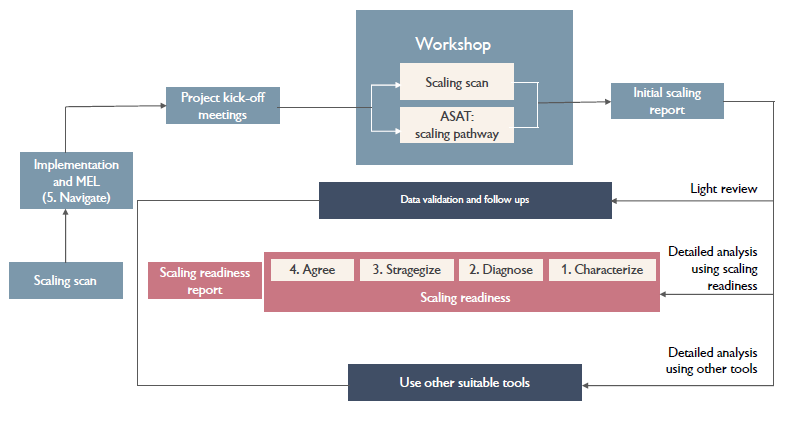The origins of the CGIAR, the world’s largest publicly funded agricultural research consortium for the poor, are closely related to the Green Revolution; a revolution mostly told as the work of one Northern hero with a superior technology that saved the world from starvation. Only recently has the notion that the introduction of that superior technology was one of many investments and innovations that kicked off as the Revolution started to gain ground – and that these investments and innovations came from both the North and South. Scaling of innovation happens in a larger system, often one that feels resistant to whatever we try to scale or, like in the case of the Green Revolution, aligned with what was being scaled and thus led to a tipping point and a completely new way agriculture is produced. The Revolution changed our relation to food, from which there was no going back.
In my ten years at the CGIAR – from 2005 to 2010 at the International Crops Research Institute for the Semi-Arid Tropics (ICRISAT) and then from 2017 to now at the International Maize and Wheat Improvement Center (CIMMYT) – major shifts can be observed in how scaling is approached.
First, scaling equals large adoption during the project, stemming from strong confidence that “if we build it, they will come”, or we just show how good our innovation is and others will scale it. From my own experience developing scale-appropriate drip irrigation in the Sahel, North Africa, I can say that approach hardly worked. When I re-joined the CGIAR in 2017, there was much more attention to the context in which the intervention is being scaled – we need to “create an enabling environment” for the innovation, and multiple innovations need to scale alongside “our”, mostly technical, innovation. It was very interesting to see up close how more and more colleagues have started to question whether scaling is “good” in the first place and whether it should be about “our” innovations.
COVID-19 and the major energy transitions that are going on in Europe and some states in the United States of America (USA) seem to have awoken a much stronger systems view, the realization that change takes decades, and that there are winners and losers in that process. I think we did a great job in questioning the “silver bullet” and “transfer of technology” mindset and see the achievement of the UN Sustainable Development Goals (SDGs) as a transition process that requires radically different approaches and addresses multiple leverage points.
Scaling at One CGIAR
The major reform from 15 CGIAR centers to One CGIAR was the perfect opportunity to take scaling seriously as a science and an art. A range of methodologies have been developed, and informal networks of like-minded people have worked together a lot to push for a new paradigm on scaling. It is great that scaling is now well embedded in the One CGIAR strategy for the future. The big One CGIAR Initiatives have all reserved about 5 percent of their budgets to integrate scaling expertise. Also, scaling is very much recognized as a topic that requires a culture and mindset change within the organization to be much more effective.
Not surprisingly, the Call to Action from the Global South and its eight action points resonated a lot with me, especially since the following principles match really well:
- It is not about reaching a target as fast as possible but about the whole environment for sustainability – more is not always better. Scaling can help us understand whether project outputs have contributed to something good (Action 1).
- We need to reflect better on the viability of some innovations to go to scale – rather than promoting or selling our own solutions, supporting Southern solutions could increase viability (Action 7).
- Problem owners should be in charge of scaling – scaling should be a locally owned process where those on the ground negotiate what is good and enough, and we, the research and development organizations, facilitate and support (Action 2).
- The way projects are designed and implement set us up for failure. We create fake, highly controlled environments designed to prove that our innovation works – the gap with the reality on the ground could not be larger. The development community, with donors, need to rethink our approach (Action 5).
- We need to invest in learning and the science of scaling. Organizations in the Global North need modesty in understanding that our role is not neutral and realize that there is so much we don’t know (Action 8).
- Within organizations, scaling is a cultural issue tightly connected to change management. We need to shift mindsets and behaviors to allow better scaling to happen.
That this Call comes from researchers in the Global South is so powerful. It shows us that the current ways of working are not delivering and paints a picture of a better way of doing things, but at the moment, we are in uncertain limbo between the two. The guidance in the Call can help to incite momentum and change. I believe we are coming to a critical mass of people that can tip the scale and that the actions in the Call can become the new normal – so that the stories we tell in the future focus not just on external (Northern) innovations that lead to big change, but on the interplay between what is going in the South and how external “solutions” fit in.
Cover photo: Lead farmer Santa Bhandari harvests green maize for her buffaloes
Neulapur, Bardiya, Nepal. (Photo: Peter Lowe/CIMMYT)


 Nutrition, health and food security
Nutrition, health and food security 